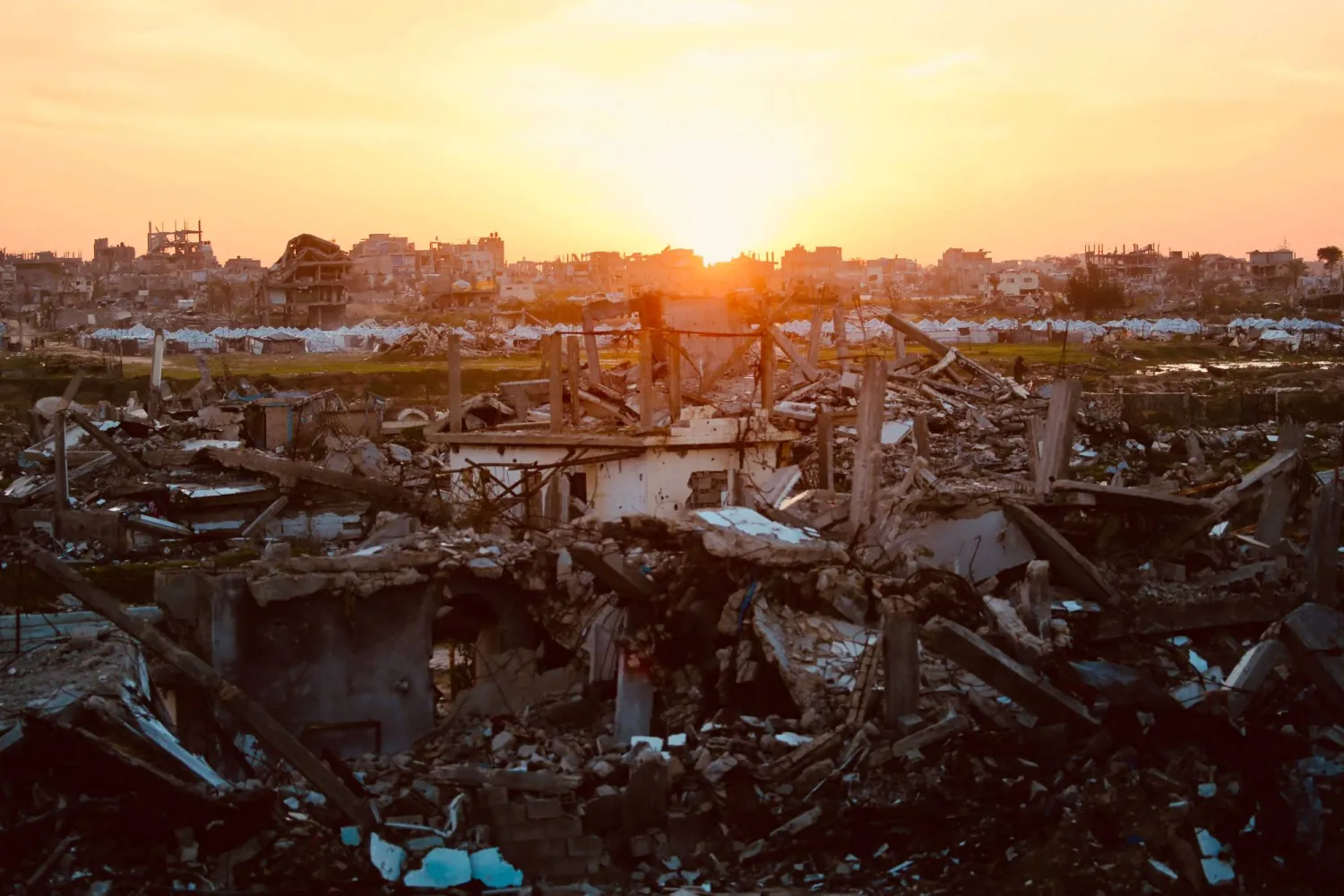Dutch diplomat and prominent politician Sigrid Kaag officially assumed her role Monday as Senior Humanitarian and Reconstruction Coordinator for Gaza pursuant to Security Council Resolution 2720.
In this role, Kaag will facilitate, coordinate, monitor, and verify humanitarian relief consignments to Gaza. She will also establish a UN mechanism to accelerate humanitarian relief consignments to Gaza through States that are not party to the conflict.
- Devastating levels
UN Sec-Gen Antonio Guterres sent a letter to the President of the Security Council for January and Permanent Representative of France Nicolas de Riviere regarding the situation in Gaza, and the requirements of Resolution 2712 regarding the delivery of aid to civilians.
Guterres expressed his profound sorrow at the devastating levels of death and destruction, noting that according to Israeli authorities, more than “1,200 people were killed,” and some 250 people were abducted, including 34 children and 65 women.
The Ministry of Health in Gaza disclosed that more than 22,000 people have been killed in Gaza since the start of the current Israeli military operations, in addition to the tens of thousands of Palestinians injured, and many missing.
Resolution 2712 explicitly “demands that all parties comply with their obligations under international law, including international humanitarian law, notably with regard to the protection of civilians, especially children.”
Guterres pointed out that an estimated 85% of the Palestinians in Gaza are currently displaced, adding that Israeli forces have repeatedly asked Palestinian families to move to other places for their safety, but “of course, nowhere is safe in Gaza.”
The nature and scale of death and destruction, especially in northern Gaza, are characterized by the use of wide-area explosive weapons by Israeli forces, with a significant impact on civilians.
It is estimated that more than 60% of homes in Gaza are damaged or destroyed.
More than two million people live in the enclave, and over 80%, nearly 1.9 million, are now displaced, according to the latest update from the United Nations Relief and Works Agency for Palestine Refugees in the Near East (UNRWA).
The UN Sec-Gen recalled that UNRWA facilities, like all United Nations agencies, are protected under international law. He stated that since the beginning of the war, 193 incidents have been reported impacting UNRWA premises and the people inside them.
He expressed his deep sadness over the killing of 144 international workers, including 142 from UNRWA.
Since the beginning of the Israeli war in Gaza, the World Health Organization (WHO) said it had counted 304 attacks that affected 94 healthcare facilities, including 26 hospitals damaged out of 36 and 79 ambulances.
The UN top official asserted that “civilians – including UN personnel – must be protected,” expressing deep concern at the apparent disregard for these vital binding legal duties by all parties to the conflict. He warned that the failure of one party to comply with international humanitarian law does not relieve the other party of its duties.
Guterres referred to the ceasefire that lasted a week between Nov. 24 and Dec. 1 of last year, which allowed some aid to be delivered to Gaza, noting that the delivery was scarce and faced several “challenges.”
He indicated that despite efforts to expand the response, the level of aid to the Palestinians in Gaza is entirely inadequate to meet the needs of more than two million people, adding that an effective aid operation requires security, workers who can work safely, logistical capacity, and the resumption of commercial activity.
Civilians in Gaza need a continuous flow of life-saving humanitarian assistance and fuel to the Strip and all its regions, said Guterres, explaining that the humanitarian sector cannot compensate for the almost complete lack of commercial imports of basic materials.
He reiterated his call for the immediate and unconditional release of all hostages.









